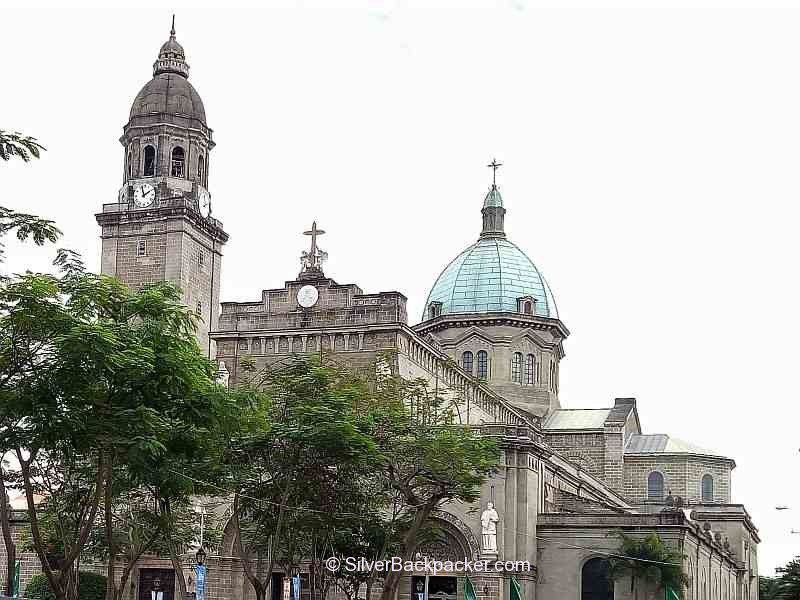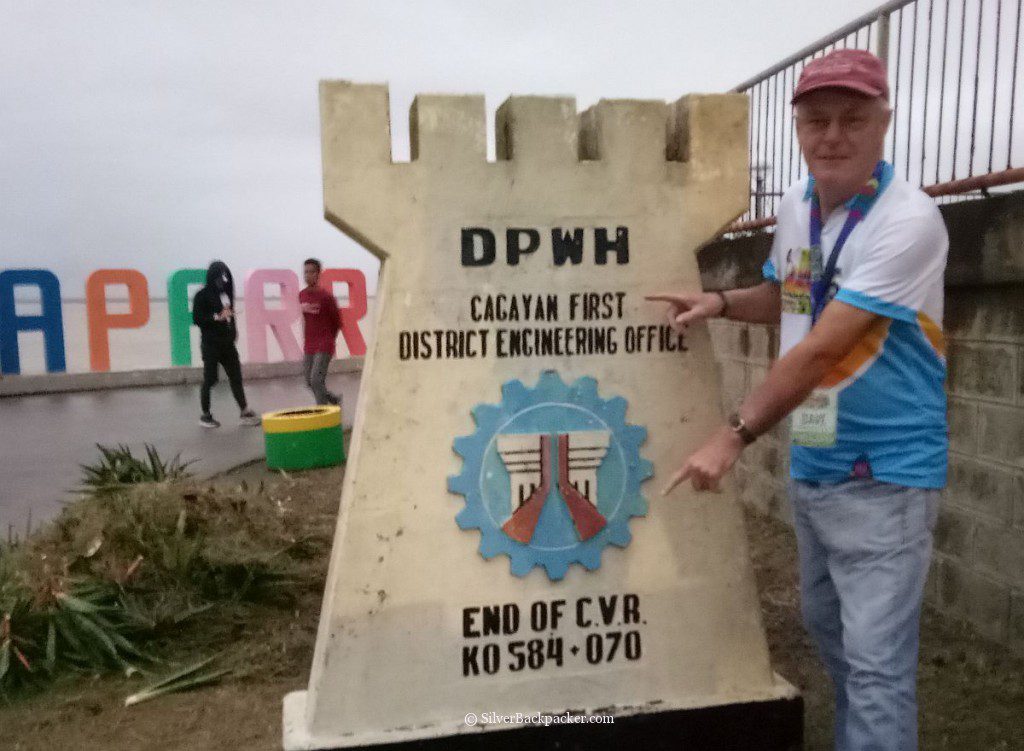Philippine Kilometre Posts
How to Read and Understand Them
In the Philippines distance is measured from the Zero Kilometre Post in each Province which should be somewhere near the Provincial Building. In Luzon distance is measured between each Provincial Zero KM Post and the Zero KM Post in Luneta Park, Manila. To be more accurate, the actual ZERO KM is the Flagpole in Luneta Park.
In the Island Provinces such as Cebu, Marinduque, Siquijor, Sibuyan, etc distance is measured from the Provincial Flagpole outwards to each town around the Island in a clockwise direction until it returns full circle to the Zero Kilometre Post.
In Mainland Mindanao the Zero KM is in Marawi and is measured from there to the Provincial flagpole in each Province of the mainland Island.
When travelling along the road you may have noticed short yellow concrete posts with numbers on. These are the Kilometre Posts and they can be very helpful to road users. Let’s find out how.
How to Read and Understand Kilometre Posts
Let’s learn how to understand the information on a kilometre post.
First of all we need an indication of our direction on travel. If we are in Luzon and the kilometre post is on our left, it means that we are heading towards the Zero marker in Manila. If it is on our right, then we are heading away from Manila. The same logic applies in Mindanao with the Zero marker of Marawi.
You will notice that there are two sets of numbers, the higher one in the example in the photo has KM 87. This means that we are 87 kilometres away from the zero kilometre post.
The lower number is the distance to the next town. The name of the town is indicated by the first letter of its name. In this case M stands for Magdiwan. ( On the other side of the Kilometre Post you will find the distance from the last town )
Once you know how to understand the numbers and letters on a kilometre post, many uses for this freshly acquired knowledge appear.
You will know :-
- How far you are from Manila ( if on Luzon Island )
- How far it is to the next town
- How far from the last town
- Whether you are travelling towards or away from Manila ( if on Luzon Island )
- When travelling by bus, ask the conductor or friends which Kilometre Post to alight
- Bus tickets have kilometres printed on them, which determines your fare. Want a cheaper fare? Then alight one kilometre post earlier !!!!!!

Kilometre Post Trivia
The Spanish first introduced ” League Posts” or “Legua” to the Philippines during their time here. One League = 5.55km The only League post that remains from the Spanish Era that i know of is outside the Gabriela Silang Carino Museum in Tayum near Bangued, Abra.

The original Kilometre Zero in Luzon is the Cross on the Dome of Manila Cathedral and not in Luneta where the Rizal Monument is..

The end of the Cagayan Valley Road is marked in Aparri with this marker 584km from Manila

The Kilometre Posts along the 102km Death March route from Bataan to Tarlac are marked with these special commemorative memorial posts.
During WW2 the Japanese army forced thousands of POW’s to march to the railhead at San Fernando. This was a torturous march in which many prisoners died.
KM zero is in Mariveles, Bataan, and the last one, KM 102 at the old railway station in San Fernando, Tarlac. The old station is now a museum.

Some kilometre posts have added sections on them. This one has the letters PEO at the top which stand for ” Provincial Engineering Office “

Before kilometre posts were made from cement, they were handmade from stone with the information engraved on them. You can still see a few of these rare historical markers around the country.
Often, the stone kilometre posts still remain in place as this one does on a road in La Paz, Abra

Follow Silverbackpacker for more of his Travels
Facebook @silverbackpacker | Instagram @silverbackpacker
Twitter @silverbackpaker | Pinterest @silverbackpaker
Audere Est Facere – Silverbackpacker.com – To Dare is To Do
Disclaimer | Privacy Policy | All Rights Reserved



Very informative post! I live here in the Philippines but didn’t know about this. thanks for sharing.
Very informative post! I live here in the Philippines but didn’t know about this until I read your post. Starting today, I’ll try to notice those kilometer posts along the road. Thanks!
I had no idea about this before reading this post! Such an interesting way of measuring distance!
This was so interesting and so much history to these. Ireland used to have markers like these during the medieval times but there’s no evidence of them now.
I haven’t been to the Philippines, but would love to go. I had never put much thought into these milage signs and the information is very handy. As a history lover, the death march post intrigues me and it is important to remember.
I love this article. It is so interesting to see how kilometre posts mark distance in the Philippines. It is very different in the United States where mile markers indicate distance from a state border. Also, I love all of the interesting historical facts about kilometre posts you present.
Such an interesting way of measuring distance! I love reading about things like this- things that differentiate one culture from another.
These markers are absolutely fascinating – both in calculating distances and their historical significance. I’m so glad you took pictures of so many different ones!
I didn’t know any of this before reading this post! It looks like these kilometre markers have played a role throughout history. It would be neat to study them in different parts of the world!
I haven’t been to the Philippines but would love to! This will be so helpful to know for whenever I get there, especially as I love to walk and hike. At first site, you wouldn’t think these kilometer posts would have so much history and stories behind them, so thank you for sharing it with us!
Thanks for making the kilometre posts so easy to understand! We haven’t traveled to the Phillipines yet, but definitely would not have known how to read these distance markers. Very informative!
I always wondered how to interpret those posts when I visited the Philippines many years ago. This was way before smartphones where I couldn’t just google information right away 🙂
wow! so much from kilometre posts. I love how small day-to-day article conveys so much and has historical significance. I have never tried to figure out what the mile posts means. I am gonna do that:)
Thank you for finding gems hiding in clear sight!